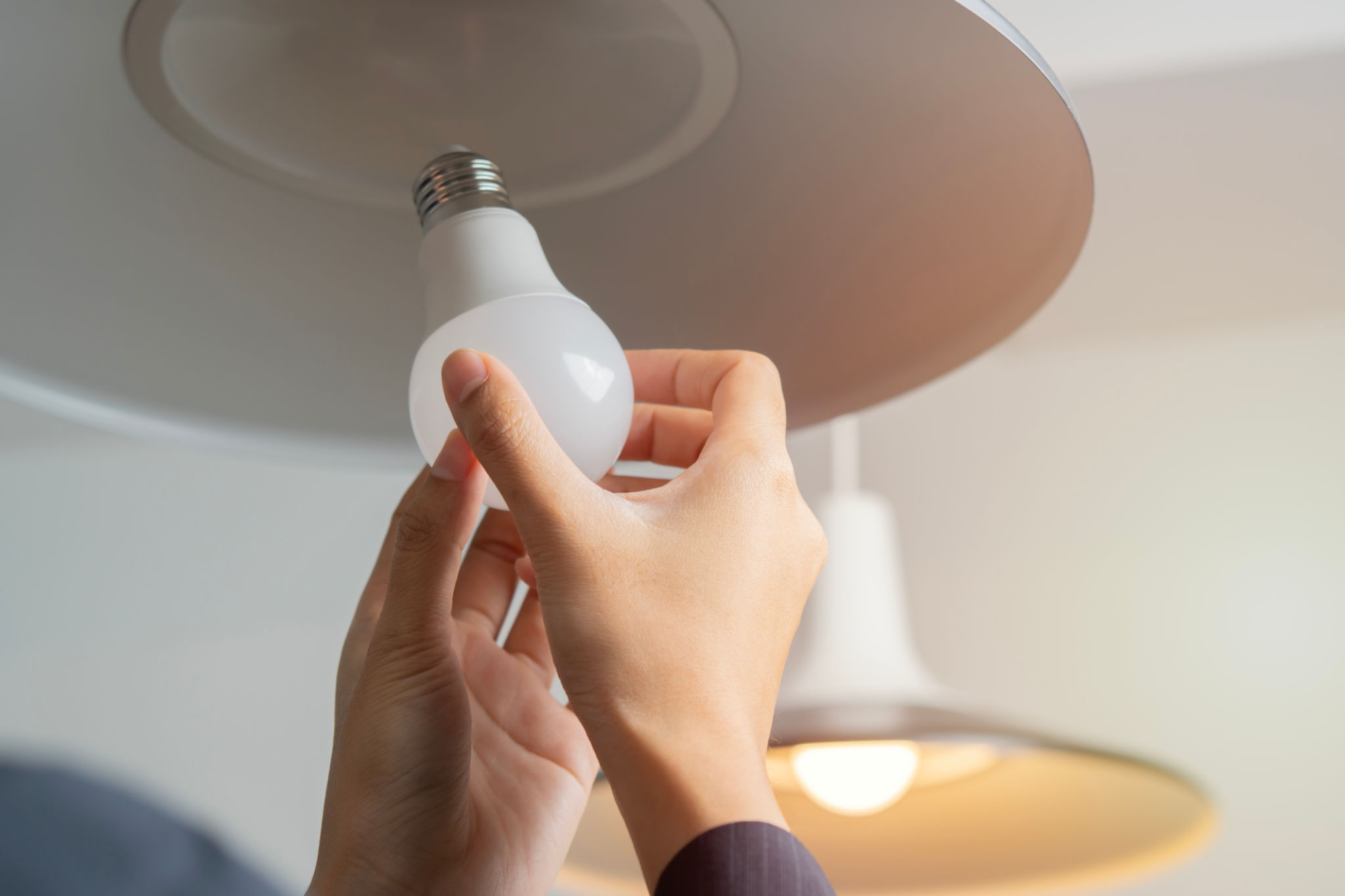Expert Advice: Maximizing Energy Efficiency with LED Lighting
Understanding LED Lighting
LED lighting, or Light Emitting Diodes, has revolutionized the way we illuminate our homes and businesses. Known for their long lifespan and low energy consumption, LEDs are a popular choice for those looking to improve energy efficiency. Unlike traditional incandescent bulbs, LEDs convert most of their energy into light rather than heat, making them a more efficient option.
One of the primary benefits of LED lighting is its versatility. Available in various shapes, sizes, and colors, LEDs can be used in a wide range of applications from residential to industrial spaces. This adaptability makes them an excellent choice for both new installations and retrofitting existing fixtures.

Benefits of Switching to LEDs
Switching to LED lighting can lead to significant cost savings over time. Although the initial investment may be higher compared to traditional lighting solutions, the long-term benefits far outweigh the costs. LEDs have a longer lifespan, often lasting up to 25 times longer than incandescent bulbs, which means fewer replacements and maintenance efforts.
Additionally, LEDs are known for their durability and resilience. They are less prone to breakage and can withstand extreme temperatures, making them ideal for various environments. Furthermore, LEDs do not contain hazardous materials like mercury, which is often found in fluorescent lighting, making them an environmentally friendly option.

Maximizing Energy Efficiency
To maximize energy efficiency with LED lighting, it's crucial to select the right type of LED bulb for your specific needs. Consider factors such as brightness (measured in lumens), color temperature, and the bulb's base type to ensure compatibility with your fixtures. Opting for ENERGY STAR certified LED bulbs can also guarantee high performance and efficiency.
Another key strategy is to utilize smart lighting controls. These systems allow you to automate lighting schedules, adjust brightness levels remotely, and even change colors to suit different moods or activities. By integrating smart controls, you can further enhance energy savings and personalize your lighting experience.

Implementing LED Lighting in Different Spaces
When implementing LED lighting in residential spaces, consider using softer, warmer tones for living areas to create a cozy ambiance. In contrast, cooler white lights work well in kitchens and bathrooms where clarity and brightness are essential. For outdoor spaces, choose weather-resistant LEDs that provide sufficient illumination while withstanding the elements.
In commercial settings, task-specific lighting is crucial for optimizing productivity. Use brighter LEDs in workspaces and conference rooms to ensure adequate visibility and focus. Additionally, dimmable LED options can be used in common areas to save energy during off-peak hours.
Future of LED Technology
The future of LED technology is promising, with ongoing advancements aimed at enhancing efficiency and performance. Innovations such as tunable white LEDs allow users to adjust color temperatures throughout the day to mimic natural light patterns, promoting better health and well-being.
As more businesses and homeowners recognize the benefits of LED lighting, we can expect continued growth in adoption rates. This shift not only supports sustainability efforts but also leads to significant cost savings and improved lighting quality across various applications.
